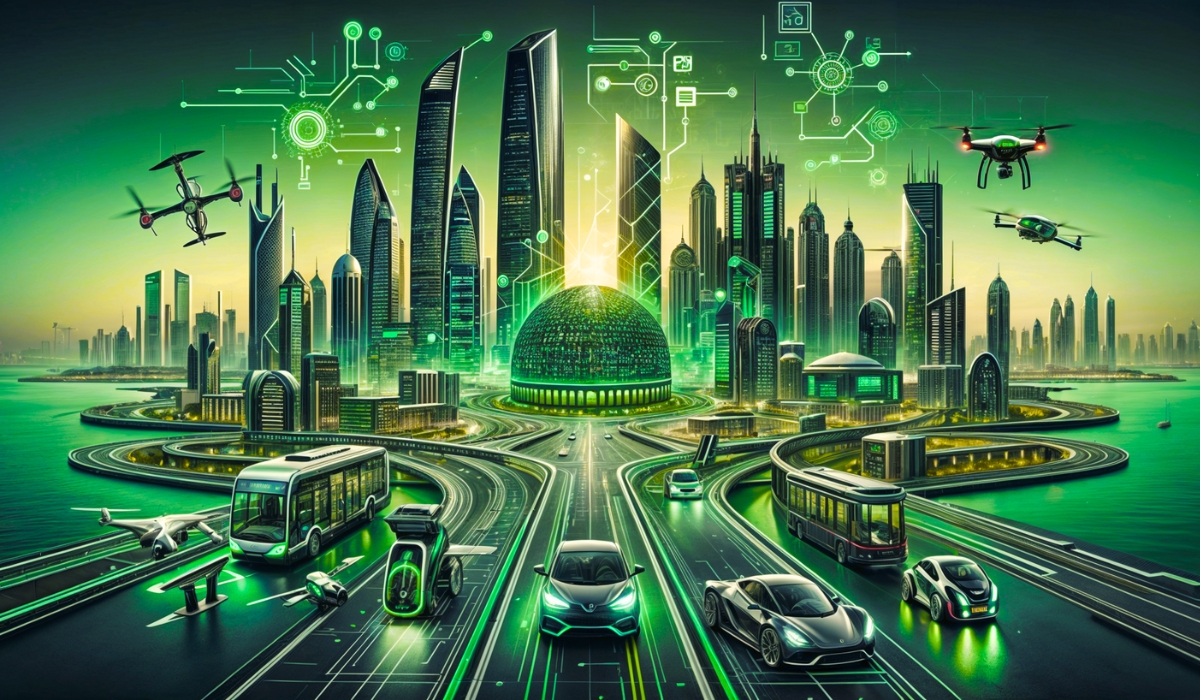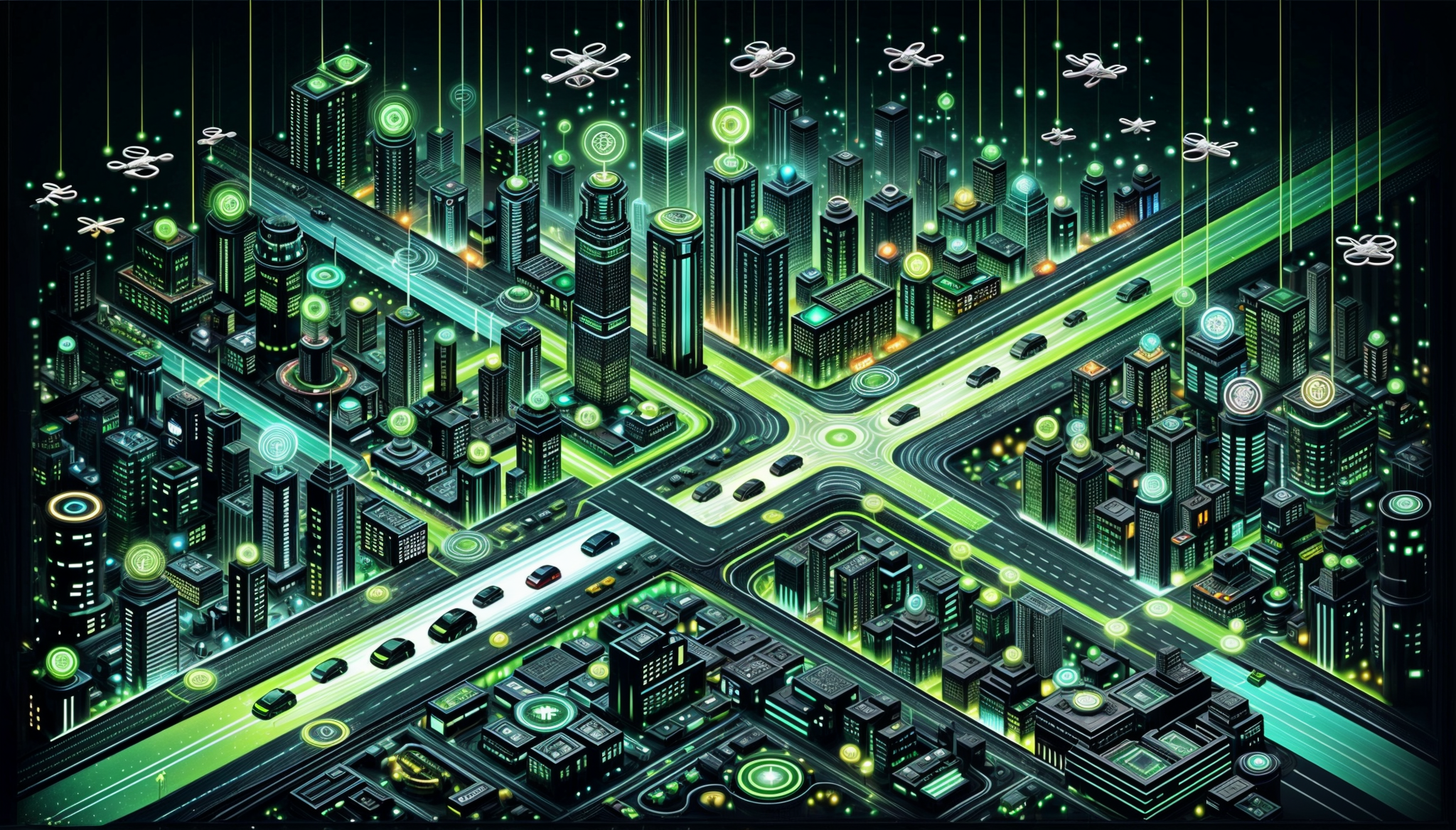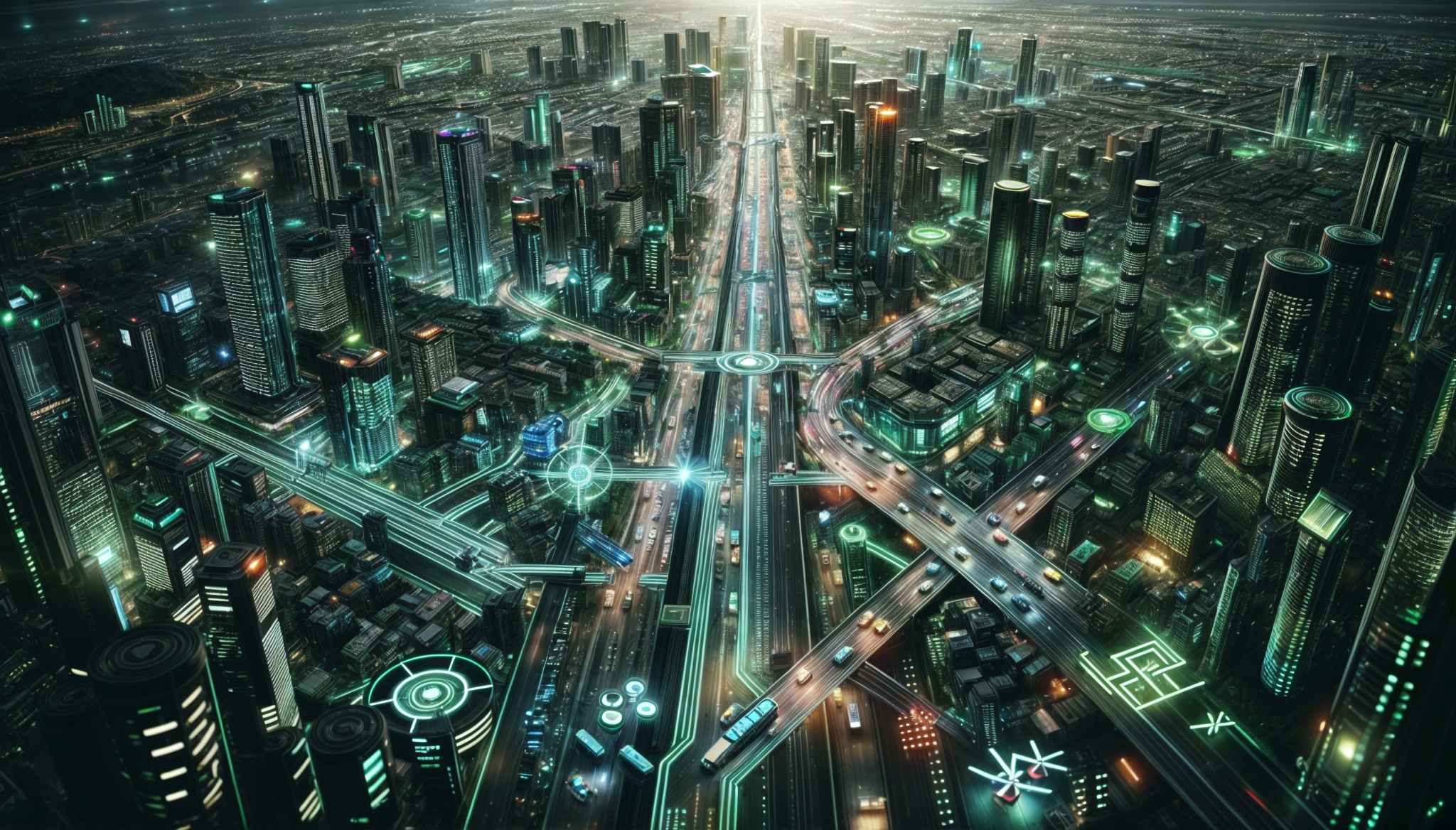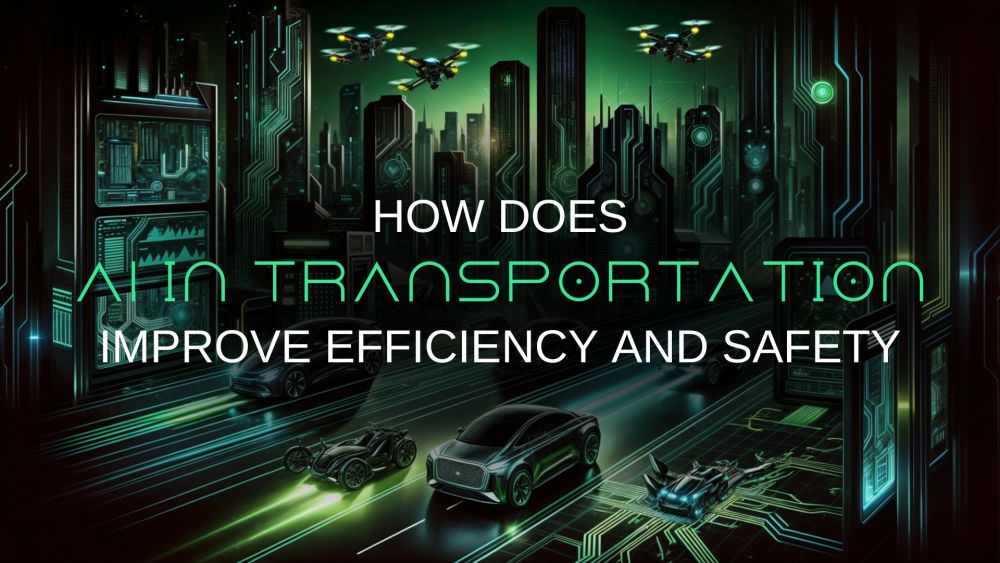AI in Transportation: Revolutionizing Efficiency, Safety, and Sustainability
Artificial Intelligence (AI) is transforming the transportation industry, offering unprecedented improvements in efficiency, safety, and sustainability. This article explores the various applications of AI in transportation, highlighting its benefits, challenges, and future potential.
Introduction
AI is revolutionizing the transportation industry by addressing some of its most pressing challenges. From optimizing logistics operations to enhancing urban mobility, AI is reshaping how we move people and goods. This article explores AI's transformative power in transportation, providing insights for industry professionals and urban planners.
AI Applications in Transportation
Traffic Management
AI plays a crucial role in real-time traffic analysis and optimization. By analyzing data from various sources, AI systems can predict traffic patterns, suggest alternative routes, and optimize traffic light synchronization. This leads to reduced travel times, decreased emissions, and a more pleasant driving experience.

Case Study:
- Project Green Light: The Integrated Transport Centre (ITC) of Abu Dhabi launched ‘Project Green Light’, an analytical system that uses AI techniques. It collects and analyzes traffic data at intersections and provides recommendations to improve the efficiency of traffic lights in the emirate of Abu Dhabi.
Autonomous Vehicles
Autonomous vehicles (AVs) are one of the most significant advancements in AI. These vehicles use sensors and algorithms to navigate and make decisions in real-time, offering potential benefits in safety, efficiency, and convenience.
Tesla’s Autopilot system uses advanced sensors and AI algorithms to navigate roads, change lanes, and park. The company is also leveraging AI for predictive maintenance, route optimization, and energy management
Predictive Maintenance
Predictive maintenance uses AI to analyze real-time data from sensors to predict when maintenance is needed. This proactive approach reduces downtime, extends the lifespan of vehicles, and enhances safety.
Examples:
- Railways: AI-powered predictive maintenance systems in railways can foresee potential issues, optimize maintenance schedules, and ensure smooth operations.
- Public Transport: Predictive maintenance in public transport helps prevent breakdowns and ensures reliable service.
Public Transportation Optimization
AI optimizes scheduling and routing for public transportation, improving efficiency and passenger experience. By analyzing data on passenger demand, traffic conditions, and vehicle performance, AI systems can create more efficient and reliable public transport networks.
In the city of Hangzhou, Alibaba and Foxconn have developed the "City Brain” project. The AI system uses data from video footage, social media, and other sources to manage traffic in real time. It has reportedly increased average speed by 15% in certain areas.

Benefits of AI in Transportation
Efficiency
- Reduced Travel Times: AI optimizes routes and traffic management, leading to faster travel.
- Lower Fuel Consumption: Efficient route planning reduces fuel usage, saving costs and reducing emissions.
Safety
- Enhanced Road Safety: AI systems can detect hazards and predict maintenance needs, reducing the risk of accidents.
- Proactive Maintenance: Predictive maintenance ensures vehicles are in optimal condition, preventing breakdowns.
Sustainability
- Lower Emissions: Optimized routes and efficient fuel usage contribute to reduced greenhouse gas emissions.
- Eco-Friendly Solutions: AI helps develop sustainable transportation options, such as optimizing charging schedules for electric vehicles.
Challenges and Considerations
Implementing AI systems can be a significant financial undertaking for any organization. Several factors contribute to the high costs associated with AI deployment:
- High Initial Investment: The initial setup of AI systems involves substantial expenditure. This includes purchasing sophisticated sensors, acquiring cutting-edge software, and hiring specialized personnel who possess the expertise to manage and operate these systems. For instance, integrating AI into a manufacturing process might require not only the acquisition of robotic hardware but also the installation of complex software systems capable of processing and analyzing large datasets. The need for skilled data scientists, engineers, and IT professionals further escalates the initial investment.
- Ongoing Maintenance Costs: Beyond the initial outlay, AI systems incur continuous maintenance expenses. These costs encompass regular software updates to keep the AI algorithms current and effective, hardware repairs or upgrades to ensure smooth operations, and ongoing training for personnel to stay abreast of the latest advancements and best practices. For example, an AI-driven customer service chatbot will need frequent updates to its language processing capabilities to handle new types of customer queries and to improve its interaction quality over time.

Ethical Considerations in Accident Scenarios
The deployment of autonomous vehicles introduces complex ethical dilemmas that require careful consideration. As these vehicles become more prevalent on our roads, it is crucial to address the moral and societal implications of their decision-making processes.
A key ethical dilemma facing autonomous vehicles is how they should be programmed to respond in unavoidable accident scenarios where harm is inevitable. This is sometimes framed as the "trolley problem" - if an autonomous vehicle is faced with a choice between hitting one person or swerving and hitting multiple people, what is the ethical decision? There are valid arguments on both sides. Some contend the vehicle should always minimize total harm and fatalities. Others argue it is unethical to program a vehicle to sacrifice its occupant to save others deliberately. There are also challenging questions about how to value and prioritize different human lives - for example, if the choice is between hitting an elderly person or a child.
Developing ethical guidelines for autonomous vehicle decision-making involves programming them with "moral algorithms." These algorithms must balance various factors such as the number of lives at risk, the potential severity of injuries, and societal norms. However, codifying ethics into software is a complex challenge, as there is often no clear consensus on the "right" decision in many scenarios.
Another key ethical consideration is accountability and liability in accidents involving autonomous vehicles. When a self-driving car causes harm, it can be difficult to determine who bears responsibility - the manufacturer, software developers, vehicle owner, or the autonomous system itself. Establishing clear legal and ethical frameworks for liability is crucial for the widespread adoption of this technology.
Ultimately, addressing these ethical dilemmas will require ongoing collaboration between ethicists, policymakers, manufacturers, and the public. While autonomous vehicles have the potential to greatly reduce accidents and save lives, we must thoughtfully consider and address the moral challenges they present. By doing so, we can work towards a future where self-driving cars are not only technologically advanced but also ethically aligned with our values as a society.

System Reliability
The reliability of AI systems is paramount for their successful adoption and operation. Ensuring these systems function correctly and safely is crucial to building public trust and achieving widespread implementation.
- Ensuring Reliability: AI systems must demonstrate high reliability to be considered viable for critical applications. This means they should operate with minimal errors, provide consistent results, and be capable of functioning under various conditions without failure. For example, in healthcare, AI systems used for diagnostic purposes must be meticulously tested and validated to ensure their recommendations are accurate and can be trusted by medical professionals.
- Cybersecurity: Protecting AI systems from cyber threats is essential to maintain their integrity and safety. AI systems, especially those connected to the internet or other networks, are vulnerable to cyber-attacks that could compromise their functionality or lead to data breaches. Implementing robust cybersecurity measures is critical to safeguard these systems against malicious activities. This involves employing advanced encryption techniques, regular security audits, and real-time monitoring to promptly detect and respond to potential threats. For example, an AI system used in autonomous vehicles must be protected against hacking attempts that could endanger passengers' lives.
Future of AI in Transportation
Predictions for the Next Decade
- Advancements in Autonomous Vehicles: Continued development of self-driving technology will lead to more widespread use of AVs.
- Smart Traffic Management: AI will further enhance traffic management systems, reducing congestion and improving urban mobility.
- Predictive Analytics for Infrastructure Planning: AI will play a significant role in planning and maintaining transportation infrastructure, ensuring its efficiency and sustainability.
Emerging Trends and Technologies
- Integration of AI with IoT: Combining AI with the Internet of Things (IoT) will enable more comprehensive data analysis and real-time decision-making.
- Development of Eco-Friendly Transportation Solutions: AI will continue to drive innovations in sustainable transportation, such as electric and hybrid vehicles.

Conclusion
AI is revolutionizing the transportation industry, offering significant improvements in efficiency, safety, and sustainability. By optimizing traffic management, enabling autonomous vehicles, predicting maintenance needs, and enhancing public transportation, AI is reshaping how we move people and goods. Despite challenges in implementation and reliability, the future of AI in transportation holds immense potential for a more efficient, safer, and sustainable world.





